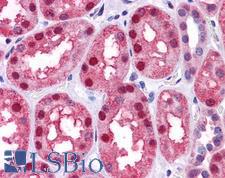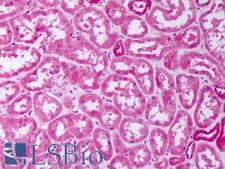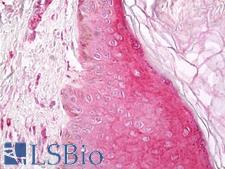Login
Registration enables users to use special features of this website, such as past
order histories, retained contact details for faster checkout, review submissions, and special promotions.
order histories, retained contact details for faster checkout, review submissions, and special promotions.
Forgot password?
Registration enables users to use special features of this website, such as past
order histories, retained contact details for faster checkout, review submissions, and special promotions.
order histories, retained contact details for faster checkout, review submissions, and special promotions.
Quick Order
Products
Antibodies
ELISA and Assay Kits
Research Areas
Infectious Disease
Resources
Purchasing
Reference Material
Contact Us
Location
Corporate Headquarters
Vector Laboratories, Inc.
6737 Mowry Ave
Newark, CA 94560
United States
Telephone Numbers
Customer Service: (800) 227-6666 / (650) 697-3600
Contact Us
Additional Contact Details
Login
Registration enables users to use special features of this website, such as past
order histories, retained contact details for faster checkout, review submissions, and special promotions.
order histories, retained contact details for faster checkout, review submissions, and special promotions.
Forgot password?
Registration enables users to use special features of this website, such as past
order histories, retained contact details for faster checkout, review submissions, and special promotions.
order histories, retained contact details for faster checkout, review submissions, and special promotions.
Quick Order
PathPlusTM BMP7 Antibodies
BMP7 (Bone morphogenetic protein 7) is a TGF-Beta family protein expressed in the bladder, kidneys and brain that directs osteoblast differentiation, bone homeostasis and mesenchymal cell transformation into cartilage and bone. It is important for embryogenesis, neurogenesis, tissue development and tissue organization. Recombinant BMP7 is used as a treatment in cases of osteoporotic vertebral fractures and for nonunions of long bone fractures. Separately, BMP7 is important for the development and proper differentiation of noradrenergic and catecholamine neurons, and it may be suppressed in cases of major depression. Lowered levels of BMP7 in brainstem astrocytes have been reported, and this may play a role in the disrupted noradrenergic signaling found in major depressive disorders. Furthermore, induced upregulation could potentially function as an antidepressant. In immunohistochemistry, BMP7 has extracellular and secretory positivity in the brain, thyroid, bladder, kidney, esophagus (with lower levels of expression throughout the gastrointestinal tract), reproductive tissues and the skin.
References: Growth Factors. 22 (4): 233–41, PMID: 15621726; Spine J. 2006 Sep-Oct;6(5):500-6, PMID: 16934718; Bone Joint J. 2015 Jul;97-B(7):997-1003; PLoS One. 2012;7(3):e34088, PMID: 22461901; International Journal of Neuropsychopharmacology. 2011. 2012 (15): 855–868, DOI: 10.1017/S1461145711001350
3 PathPlusTM Antibodies



☰ Filters
Products
Antibodies
(3)
Type
Primary
(3)
Target
BMP7
(3)
Reactivity
Human
(3)
Application
IHC
(2)
IHC-P
(3)
WB
(2)
ELISA
(2)
Host
rabbit
(2)
chicken
(1)
Product Group
PathPlus Neuro
(3)
Isotype
IgG
(1)
IgY
(1)
Clonality
polyclonal pc
(3)
Format
Preservative Free
(1)
Unconjugated
(3)
Epitope
aa165-214
(1)
aa315-431
(1)
Publications
No
(3)

Neuroscience
BMP7 Rabbit anti-Rat Polyclonal (aa165-214) Antibody
Human
IHC, IHC-P, WB
Unconjugated
50 µl/$460

Neuroscience
BMP7 Rabbit anti-Human Polyclonal (aa315-431) Antibody
Human
ELISA, IHC-P, WB
Unconjugated
50 µg/$485

Neuroscience
BMP7 Chicken anti-Human Polyclonal (Preservative Free) Antibody
Human
ELISA, IHC, IHC-P
Unconjugated, Preservative Free
200 µg/$460
Viewing 1-3
of 3
product results










